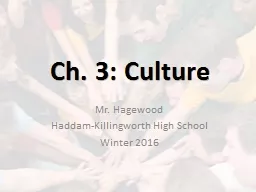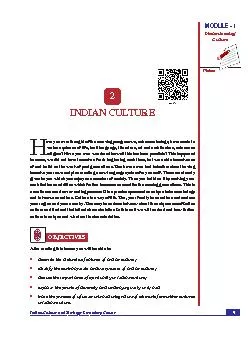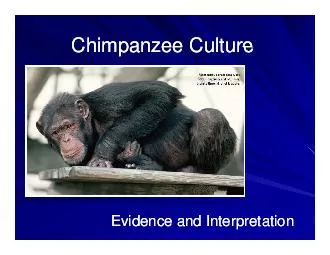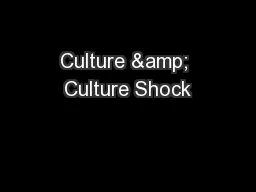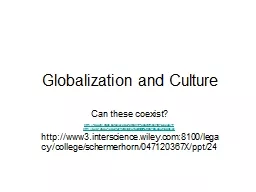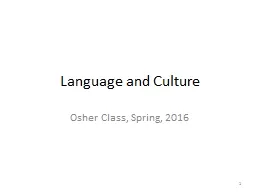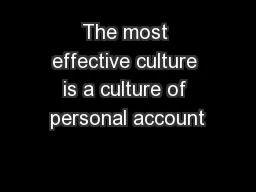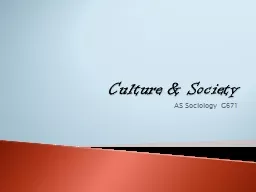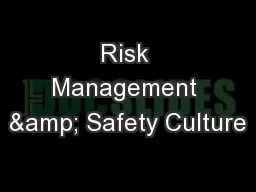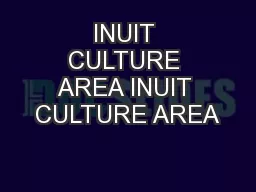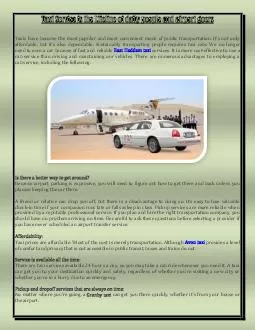PPT-Ch. 3: Culture Haddam-Killingworth
Author : ella | Published Date : 2021-01-27
High School Winter 2017 Culture An Introduction to Weird Before we actually read about and discuss the topic of culture please attempt to come up with a definition
Presentation Embed Code
Download Presentation
Download Presentation The PPT/PDF document "Ch. 3: Culture Haddam-Killingworth" is the property of its rightful owner. Permission is granted to download and print the materials on this website for personal, non-commercial use only, and to display it on your personal computer provided you do not modify the materials and that you retain all copyright notices contained in the materials. By downloading content from our website, you accept the terms of this agreement.
Ch. 3: Culture Haddam-Killingworth: Transcript
Download Rules Of Document
"Ch. 3: Culture Haddam-Killingworth"The content belongs to its owner. You may download and print it for personal use, without modification, and keep all copyright notices. By downloading, you agree to these terms.
Related Documents

